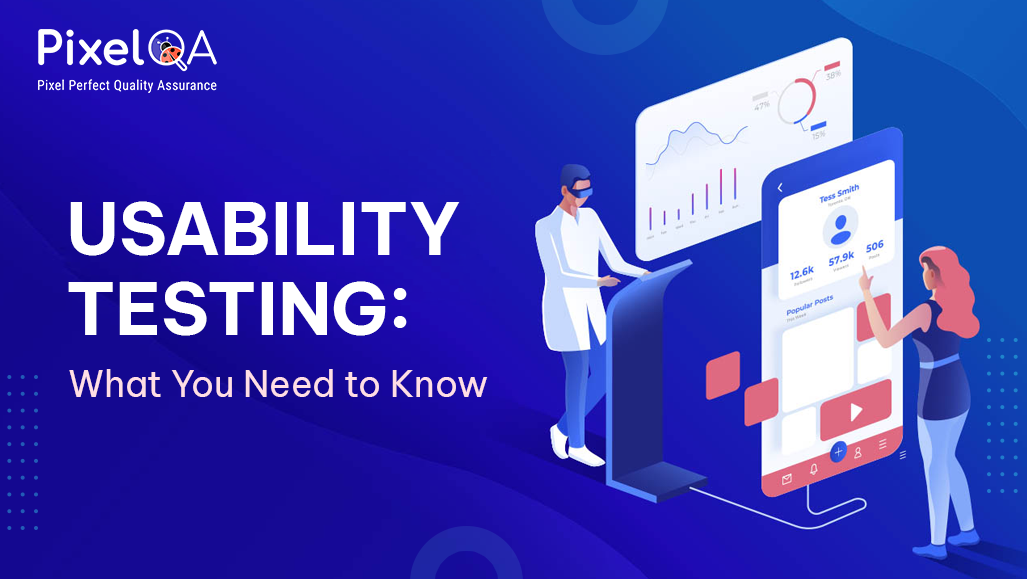Usability Testing: What You Need to Know
 Pixel QA
Pixel QA
In the world of web design and digital product development, familiarity can breed oversight. Usability testing bridges the gap between designers' expectations and user experiences. By engaging real users, this process uncovers hidden usability issues and enhances digital products.
When your audience doesn't possess the deep knowledge your team has, usability testing becomes essential. It involves introducing new users to your platform, observing their interactions, and assessing their task completion. This offers insights into:
Understanding Navigation: Usability testing reveals whether users can easily navigate your website or app, avoiding confusion and disorientation.
Completing Actions: Gauging users' ability to accomplish tasks effortlessly ensures a smooth experience without obstacles.
Identifying Issues: Usability testing uncovers glitches and bugs that undermine user satisfaction, enabling swift rectification.
Enhancing Efficiency: Efficient user interactions are key; usability testing measures the time and effort users need to accomplish tasks.
Uncovering Challenges: Beyond the surface, this method exposes nuanced usability problems, allowing proactive solutions.
Usability testing is vital for new products and design updates, bridging familiarity gaps and revealing overlooked flaws. Its benefits span task completion insights, performance assessment, user satisfaction, problem identification, and solution discovery.
While powerful, usability testing isn't the sole tool in your UX arsenal. Complement it with other research methods for comprehensive improvements, aligning design choices with user needs.
Usability testing validates designs by assessing intuitiveness. It's integral to successful production, ensuring designs work as intended. For websites, this spans navigation, layout, features, content, and more.
In user-centric development, a seamless user experience is paramount. User-friendly designs are favored; confusing navigation and other issues repel users, harming your brand. Conversely, positive experiences encourage loyalty and recommendations.
Moreover, usability testing yields overlooked benefits: efficiency gains and reduced development and support costs. In essence, usability testing fortifies digital products, cultivating user loyalty and enhancing your bottom line.
Subscribe to my newsletter
Read articles from Pixel QA directly inside your inbox. Subscribe to the newsletter, and don't miss out.
Written by
